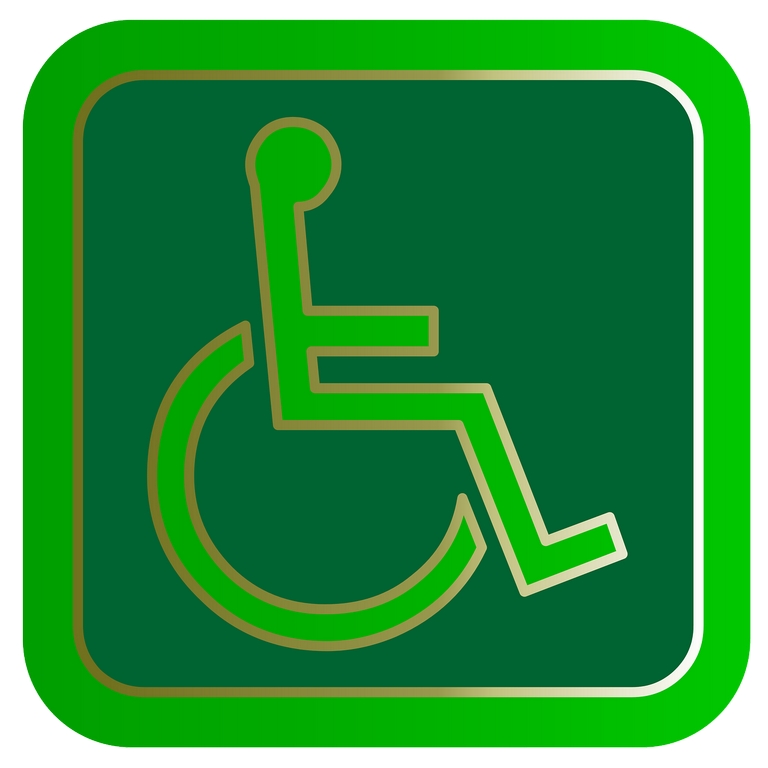The pandemic has had a hugely negative impact on people with disabilities, but this doesn’t mean they have run out of new opportunities.

Technological advancements in recent years have enabled them to apply for new jobs or gigs in fields that were once inaccessible. With the growth in digital jobs and the gig economy, there are new avenues that can be explored by youth with disabilities.
While they get a chance to learn new skills and grow their abilities, people with disabilities also have an opportunity to enrich their work experience. At the same time, organizations are focusing on how to make the workplace more inclusive for everyone.
In this blog, we will explore how post-pandemic people with disabilities have a future in the job market. Also, we will highlight the barriers and tips for supporting workplace accessibility. Read this post to find out more.
There is a surge in web-based jobs post-pandemic, which promises new work opportunities for people with disabilities, especially youth.
There are jobs that offer flexibility, remote work possibilities, and functional access for people with disabilities. Let us discuss these opportunities in detail.
Owing to technological advancements, there is an unprecedented growth in the digital economy and new forms of digital job opportunities have been created. These are remote, flexible jobs that can readily be taken by people with disabilities.
For example, DDD (Digital Divide Data) based in Cambodia, and another firm named Enablecode based in Vietnam, are social enterprises that work with youth with physical disabilities, connecting them to digital jobs that have been outsourced.
By getting online work experiences, people with disabilities can connect to a network of professionals who can help them get more such opportunities in the future. This also provides them with confidence and a sense of empowerment, while at the same time giving them a chance to elevate their social contribution.
To be suitable for taking up digital jobs, assistive technology solutions are being readily used by people with disabilities, providing them with a chance to level up with people who aren’t disabled.
Some examples include Braille-integrated technology, specially designed Braille keyboards, touch sensors, AI text to speech & speech-to-text software, screen reader software, Microsoft’s Seeing AI app, hands-free navigation, gesture-controlled interfaces, voice recognition, speech generation, and so on.
Though limited, there are several digital entrepreneurship opportunities for people with disabilities. To cite an example, Google features a small business program for disabled-owned small businesses. Goods and services can also be sold across infrastructural barriers using websites like Alibaba.
Read Also:
There is a need for more inclusive design for people with disabilities, and the pandemic has given an opportunity to come up with innovative ideas that can help. It is also important to understand the needs of such jobseekers in non-pandemic times.
The work-from-home set-up is one such arrangement that allows those with disabilities or special needs to work remotely and do away with traveling to workplaces and other difficulties which are not faced by people without disabilities.
There are certain barriers to the workplace which are faced by people with disabilities. These challenges can be addressed with the help of allowing more home-based work.
There is about 220 million youth with disabilities around the globe. About 80% of this number live in low- and middle-income nations. There are some strategies that can help disability inclusion:
There is an increased demand for digitally skilled workers across all sectors, but they differ in how much they depend on technology. In general, there are three categories of digital jobs as listed below:
ICT-intensive jobs: These are directly created through the ICT sector and intensively use ICT, like mobile app development.
ICT-enhanced jobs: these use digital technologies but can be done without ICT, like graphic design and accounting.
ICT-dependent jobs: these cannot be done without technology, like customer call centers and online freelancing jobs.
To do these jobs, basic to advanced digital skills are needed, as mentioned below:
Basic Digital Skills: such as performing web searches, using browser-based software, working on emails, etc.
Intermediate Digital Skills: such as digital graphic design, social media management, desktop publishing, etc.
Advanced Digital Skills: application development, machine learning, big data analysis, network management, etc.
Working from home is a good option for people with disabilities, but workplace accessibility is also very important. So how can that be guaranteed? Here are some tips that can help: